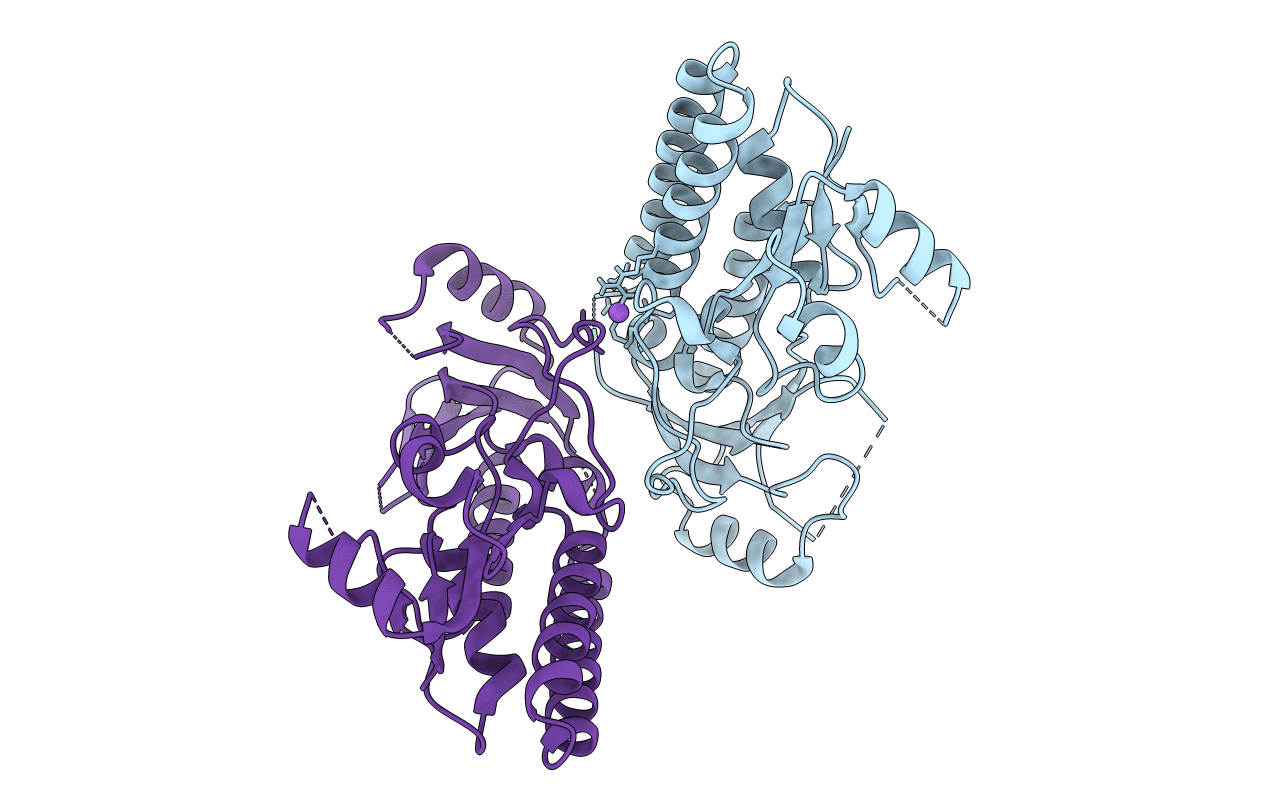
Deposition Date
2021-10-09
Release Date
2022-10-12
Last Version Date
2024-10-30
Entry Detail
PDB ID:
7SHJ
Keywords:
Title:
Crystal structure of Acinetobacter baumannii ZnuA in the metal-free state
Biological Source:
Source Organism:
Acinetobacter baumannii (Taxon ID: 470)
Host Organism:
Method Details:
Experimental Method:
Resolution:
2.13 Å
R-Value Free:
0.25
R-Value Work:
0.23
R-Value Observed:
0.23
Space Group:
P 1 21 1


